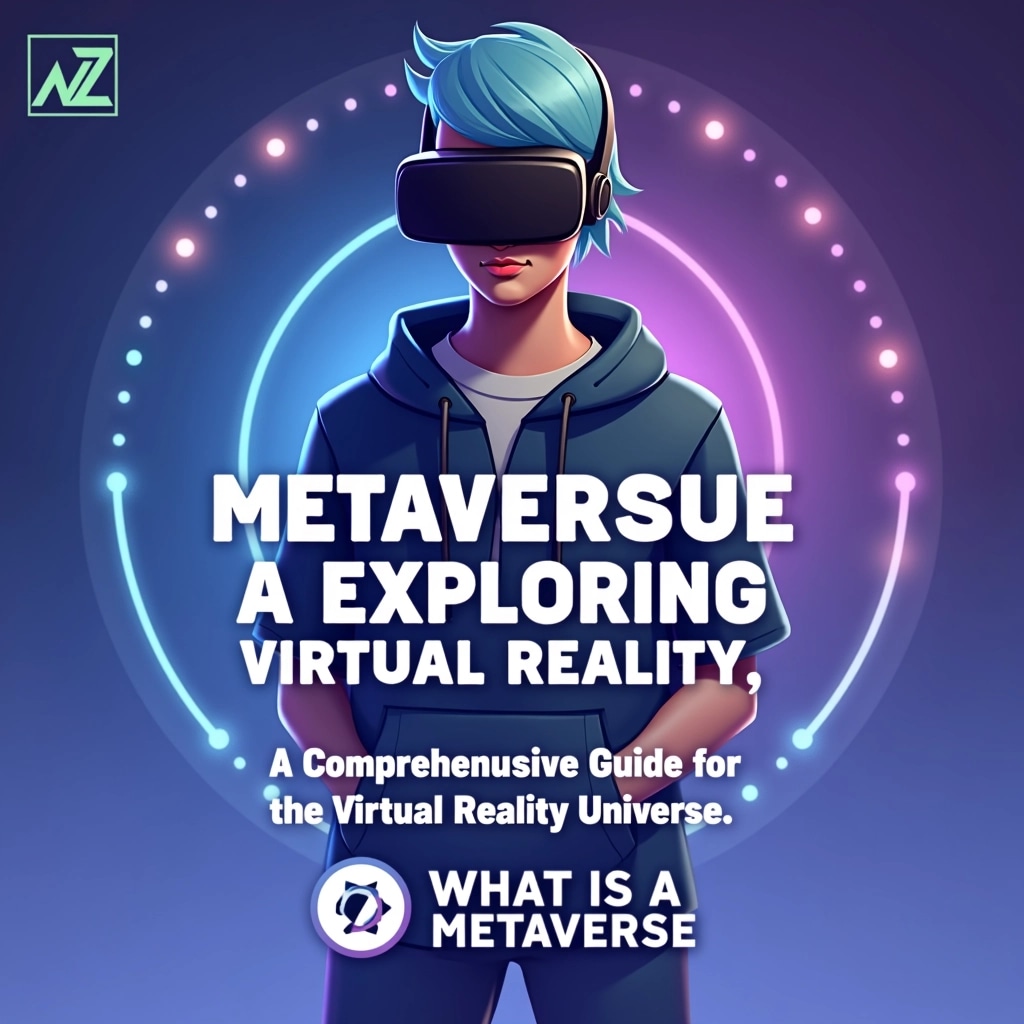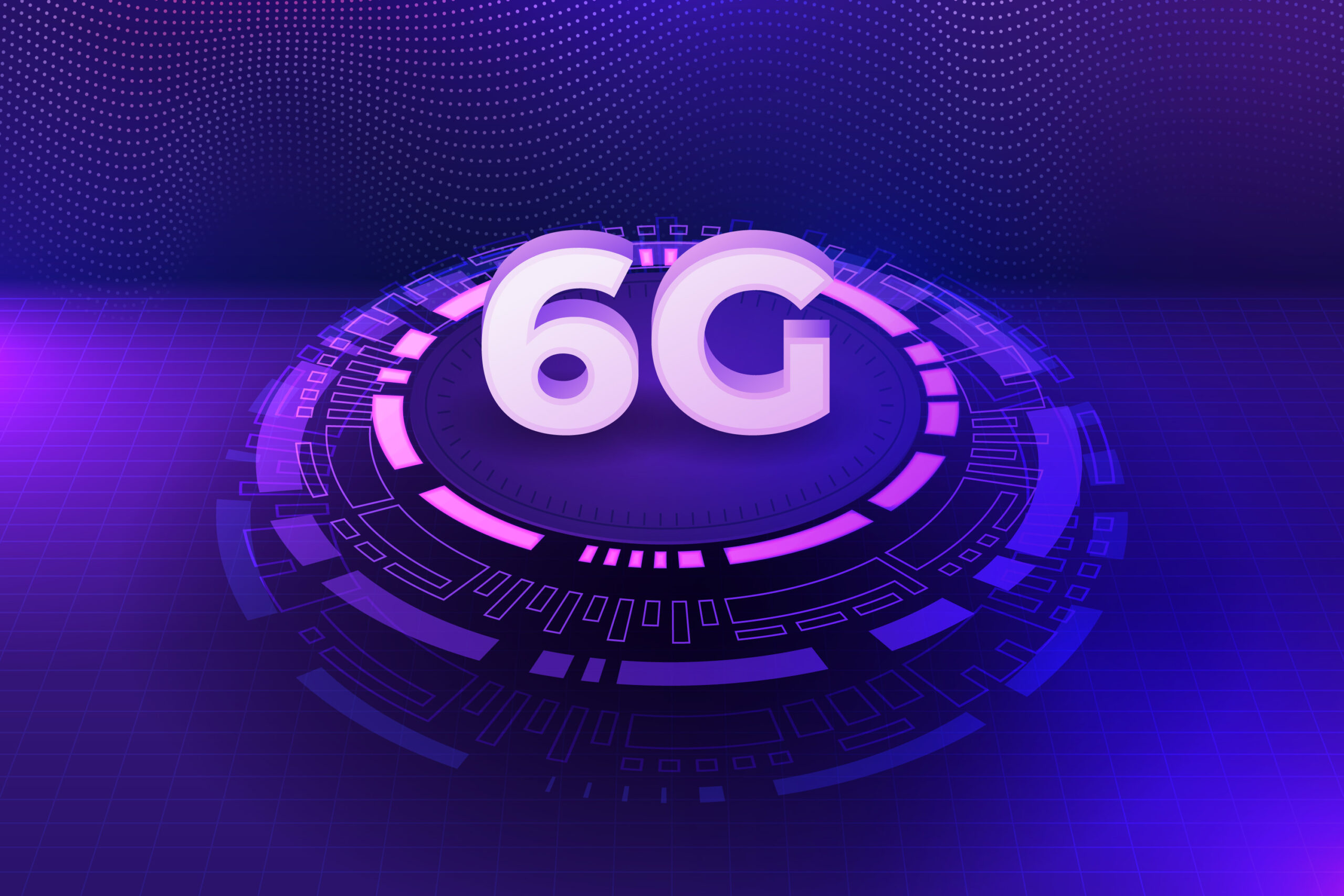The metaverse—a term that’s been popping up more and more—isn’t just a sci-fi fantasy anymore. It’s quickly becoming the next big thing in technology, and some experts believe it could fundamentally change the way we interact with the internet and each other. But what exactly is the metaverse, and why does it matter for the future of the internet?
Let’s break it down and explore what the metaverse means, how it’s evolving, and how it could shape the digital landscape of tomorrow.
So, What is the Metaverse?
At its core, the metaverse is a virtual universe that combines augmented reality (AR), virtual reality (VR), and the internet into one immersive, interconnected space. Imagine a 3D version of the internet, where instead of browsing websites or watching videos on a screen, you put on a VR headset (or use AR on your phone) and step into a digital world. In this world, you can socialize, work, shop, attend events, play games, and even build your own virtual spaces.

Think of it as an evolution of the internet, moving from 2D websites to a fully immersive experience where people can interact in real-time with digital objects and environments.
While the concept of a metaverse has been around for years, thanks in part to works like Ready Player One and The Matrix, major tech companies like Facebook (now Meta), Microsoft, and Google are now heavily investing in making it a reality.
How the Metaverse Could Change the Internet as We Know It
Now that we’ve got a basic idea of what the metaverse is, let’s dive into how it could change the internet in the future. The metaverse won’t just be another platform on the internet—it could transform the very way we experience the digital world. Here’s how:
1. A More Immersive, Interactive Internet
The biggest shift the metaverse will bring is a more immersive and interactive experience. Instead of scrolling through social media posts or reading articles, you’ll step into a virtual world. Imagine visiting a virtual store and walking down aisles of products, trying on clothes in a fitting room, or watching a live concert with friends from across the globe—all while being fully immersed in the experience.
In the metaverse, presence is key. You won’t just be interacting with content on a screen; you’ll be experiencing it. This level of engagement will open up new possibilities for everything from entertainment and gaming to education and healthcare.
2. New Ways to Work and Collaborate
Remote work has already taken off in recent years, and the metaverse could push it to the next level. In the metaverse, you might attend meetings as a virtual avatar, interact with colleagues in shared digital spaces, and collaborate on projects as if you were all in the same room. No more endless video calls or email chains—imagine a virtual office where you can brainstorm, share ideas, and present your work in real-time, all within a dynamic and interactive 3D environment.

For example, businesses could host virtual trade shows or conferences where attendees can wander through digital booths, interact with exhibitors, and attend live presentations. This kind of virtual presence could eliminate the need for travel and make global collaboration more seamless than ever.
3. A New Economy Powered by Digital Assets
The metaverse will likely give rise to a new digital economy, where virtual goods and services play a huge role. Digital currencies (like cryptocurrencies) and non-fungible tokens (NFTs) will become more common, allowing people to buy, sell, and trade digital assets within the metaverse.
For instance, you might purchase virtual clothing for your avatar, invest in virtual real estate, or even buy artwork as an NFT to hang on the walls of your digital home. As these assets gain value, we could see entire industries grow around virtual goods, and people could even earn a living entirely within the metaverse.
The concept of ownership will also evolve. In a metaverse-powered world, you can own, trade, and interact with things that only exist digitally—but hold real-world value. This could include anything from virtual land and collectibles to music and intellectual property.
4. Enhanced Social Connections
One of the most exciting things about the metaverse is how it can redefine social interaction. While social media allows us to connect online, the metaverse will let us experience socializing in a much more immersive way. Instead of texting, liking, or commenting on posts, you’ll be able to talk, gesture, and interact with others as if you were physically together—all within a shared virtual space.
Imagine attending a party in the metaverse, hanging out with friends as avatars, playing games together, or simply exploring new virtual worlds. These connections won’t be confined by geography or physical limitations. You’ll be able to connect with friends, family, and even strangers from across the world in a way that feels more natural and engaging.
5. Learning and Education in New Forms
Education is another area where the metaverse could have a massive impact. By 2025 and beyond, we could see schools, universities, and training programs adopting virtual environments where students can learn by experiencing content rather than just reading about it.
For example, instead of learning about ancient Rome through textbooks, students could walk through virtual versions of Roman streets, visit historical landmarks, or attend interactive lectures from professors in a digital auditorium. The hands-on nature of the metaverse could make learning more engaging, practical, and fun, especially for fields like medicine, engineering, and the arts.
What Challenges Lie Ahead?
While the metaverse holds incredible potential, it’s not without its challenges. Here are a few hurdles that need to be overcome before the metaverse can truly become mainstream:
1. Privacy and Security Concerns
As with any new technology, the metaverse raises significant questions about privacy and security. With more personal data being shared in virtual spaces—like physical movements, facial expressions, and conversations—the need for strong data protection will be critical. Companies that operate in the metaverse will need to take extra measures to ensure users’ privacy and security are respected.
2. Technological Hurdles
Building the metaverse requires a massive amount of computing power and infrastructure. While VR and AR technologies have made great strides, there are still challenges related to bandwidth, latency, and device compatibility that need to be addressed to provide a seamless, high-quality experience for all users.
3. Ethical and Regulatory Issues
As the metaverse expands, there will be ethical questions surrounding issues like digital addiction, virtual harassment, and the regulation of virtual spaces. Governments, companies, and users will need to work together to create guidelines and policies that ensure the metaverse remains a safe and inclusive space for everyone.
Final Thoughts: The Future of the Metaverse
The metaverse represents a thrilling new frontier for the internet, one that promises to revolutionize the way we interact with the digital world and each other. By combining VR, AR, and blockchain technology, the metaverse has the potential to create a more immersive, interactive, and interconnected internet.
Whether it’s for work, play, learning, or socializing, the metaverse will open up endless possibilities. But as with any major technological shift, it will require careful consideration and collaboration to ensure that it benefits society as a whole.
As we look toward the future, one thing is clear: the metaverse isn’t just a buzzword—it’s the next step in the evolution of the internet, and it’s already starting to change the way we live online.
Let me know if you need any adjustments or additions! This version is meant to give readers a balanced and clear overview of the metaverse and its potential.











